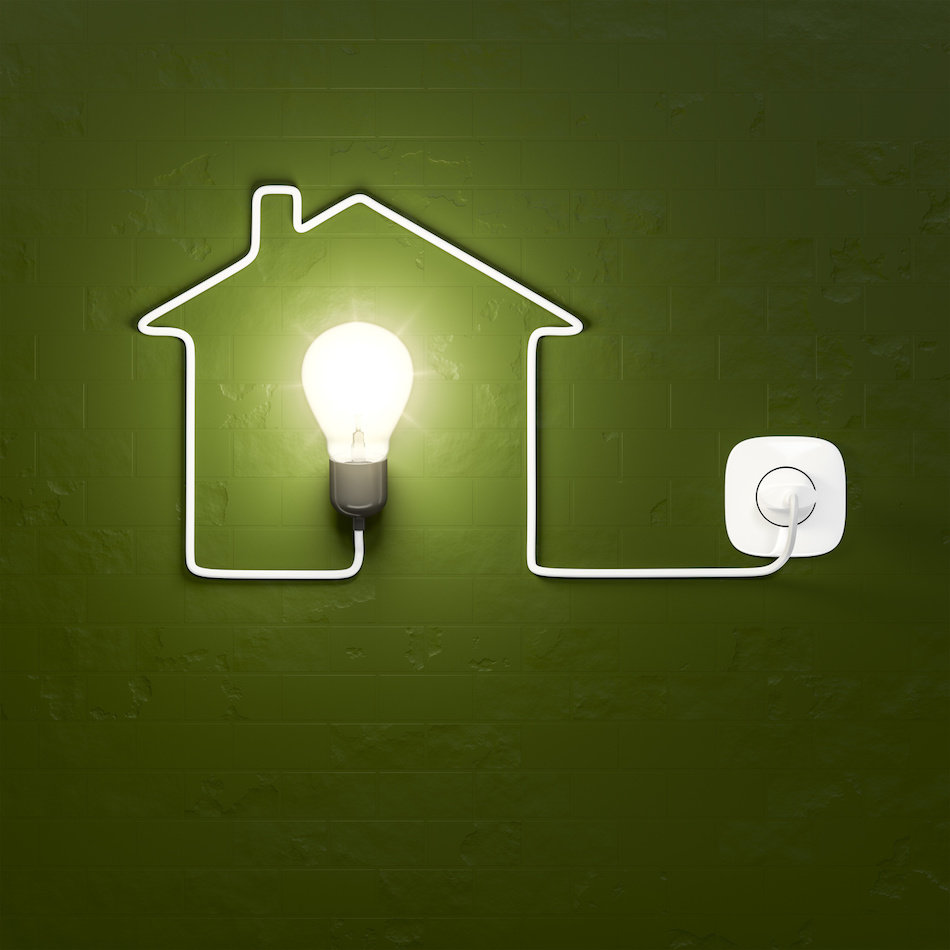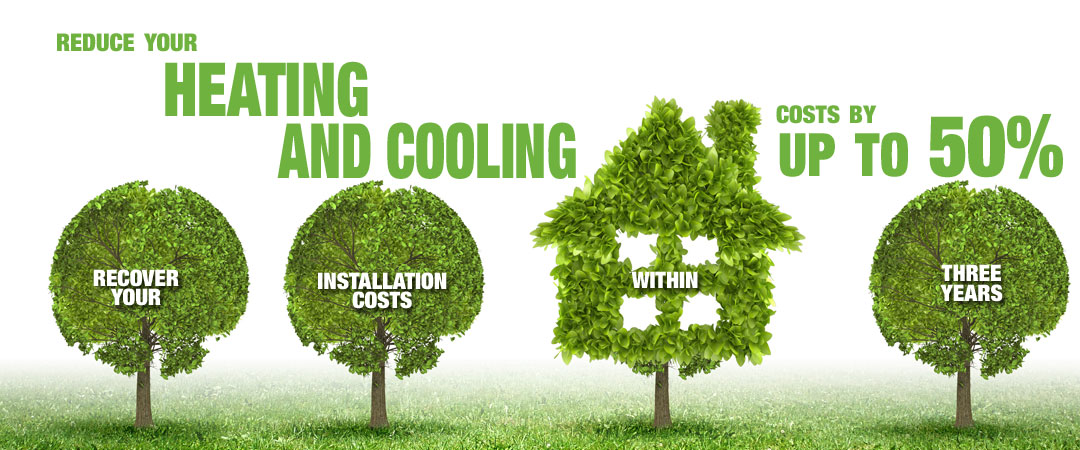In the face of pressing environmental challenges and the need to reduce carbon emissions, energy-efficient upgrades have emerged as a crucial solution. These upgrades not only help individuals and businesses save money on energy bills but also contribute to mitigating climate change. By implementing a range of energy-efficient measures, we can significantly reduce our carbon footprint while enhancing the comfort and functionality of our buildings. This article explores the various energy-efficient upgrades available today and highlights their benefits for both the environment and our wallets.

Lighting Upgrades:
One of the simplest yet most effective energy-efficient upgrades is replacing traditional incandescent bulbs with energy-saving LED lights. LED lights consume significantly less energy, last longer, and emit less heat, making them a smart choice for residential and commercial spaces. Additionally, incorporating motion sensors and timers can further optimize lighting usage by automatically turning off lights when not needed. By embracing LED technology and intelligent lighting controls, individuals and businesses can witness substantial energy savings while reducing greenhouse gas emissions.
Efficient Heating, Ventilation, and Air Condition (HVAC):
Heating and cooling represent a significant portion of energy consumption in buildings. Upgrading to energy-efficient HVAC systems can lead to substantial energy and cost savings. Installing high-efficiency furnaces, heat pumps, and air conditioners can dramatically reduce energy wastage. Moreover, proper insulation, weather-stripping, and sealing air leaks in ducts and windows help maintain a comfortable indoor temperature without excessive energy loss. Smart thermostats provide additional benefits by allowing users to optimize temperature settings and schedule heating or cooling based on occupancy patterns. By employing these upgrades, both residential and commercial spaces can enjoy improved energy efficiency and lower utility bills.
Efficient Appliances and Electronics:
Modern appliances and electronics have become indispensable in our daily lives, but they also contribute significantly to energy consumption. By replacing outdated, energy-guzzling devices with energy-efficient alternatives, substantial energy savings can be achieved. Energy Star-rated appliances, such as refrigerators, washing machines, and dishwashers, are designed to consume less energy while maintaining excellent performance. Additionally, using power strips and smart plugs to eliminate standby power consumption from electronics can result in notable energy reductions. By prioritizing energy efficiency when selecting appliances and implementing smart power management practices, individuals can contribute to reducing the strain on energy resources and shrinking their carbon footprint.
Insulation and Windows:
Proper insulation and energy-efficient windows play a vital role in maintaining indoor comfort while minimizing energy loss. Upgrading insulation in walls, attics, and floors helps prevent heat transfer, reducing the need for excessive heating or cooling. Furthermore, replacing single-pane windows with double or triple-pane windows that have low-emissivity coatings enhances insulation and reduces heat transfer. Additionally, installing window coverings, such as blinds or drapes, can further improve thermal efficiency. These upgrades not only enhance energy efficiency but also create a more comfortable living or working environment by reducing drafts and maintaining consistent temperatures.
Renewable Energy Integration:
To further optimize energy efficiency and reduce reliance on fossil fuels, integrating renewable energy systems is a logical step. Solar panels, wind turbines, and geothermal systems enable individuals and businesses to generate their own clean energy. By leveraging renewable energy sources, buildings can become self-sufficient or even contribute excess energy back to the grid. Furthermore, combining energy-efficient upgrades with renewable energy systems can yield synergistic effects, maximizing energy savings and environmental benefits. Government incentives and favorable policies make it increasingly feasible and financially viable for individuals and organizations to invest in renewable energy integration.
Energy-efficient upgrades offer multifaceted benefits, ranging from reducing greenhouse gas emissions and mitigating climate change to saving money on energy bills. Lighting upgrades, efficient HVAC systems, energy-efficient appliances, insulation, windows, and renewable energy integration are all effective measures to enhance energy efficiency. By adopting these upgrades, we can contribute to a sustainable future while enjoying improved comfort, reduced energy costs, and a smaller carbon footprint. Embracing energy efficiency is not only a responsible choice but also a practical one that brings us closer to achieving a greener and more sustainable world for generations to come.



You must be logged in to post a comment.